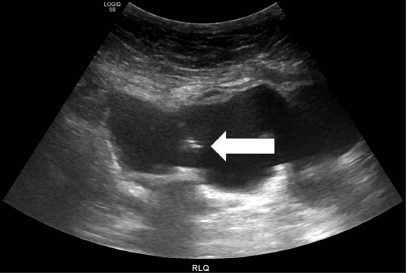Objective: We present our experience of the treatment of reservoir stones using a percutaneous approach in patients with Indiana pouch urinary diversions.
Material and methods: Patients who were treated percutaneously for Indiana pouch reservoir stones between January 2008 and December 2018 were identified from the hospital database, and their data were retrospectively analyzed. Patient charts were reviewed for stone burden, surgery details, and postoperative complications. The Indiana pouch was punctured under a direct ultrasound guidance, and a 30F sheath was placed into the pouch. A urologist removed the stones by inserting a rigid nephroscope through the sheath. A Foley catheter was left in the pouch through the percutaneous tract and opened to drainage.
Results: Seven patients (mean age: 47.3±14.7 years) were included. All patients were stone free after the procedure. The median stone number was 3 (range: 1-8). The mean maximum stone diameter was 24.4±4.9 mm (range: 19-33 mm). Six patients were successfully treated in one session, whereas 1 patient required two treatment sessions. The median postoperative hospital admission was 1 day (range: 1-5 days). The Foley catheters were removed after a median of 18 days (range: 10-19 days). No major complications were reported.
Conclusion: The percutaneous approach for Indiana pouch reservoir stones treatment ensures direct and safe management without major periprocedural complications.
Cite this article as: Öztürk M, McDermott JC, Laeseke PF, Nakada SY, Hedican SP, Best SL, et al. Management of Indiana pouch stones through a percutaneous approach: A single center experience. Turk J Urol 2019; 45(5): 366-71.

.png)
.jpg)
.png)
.png)
